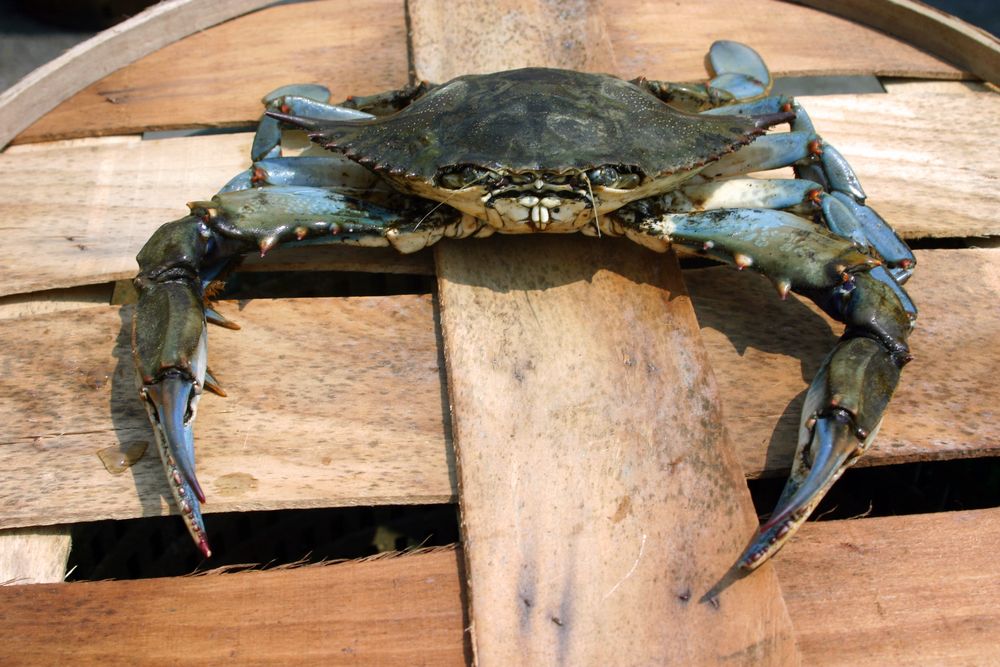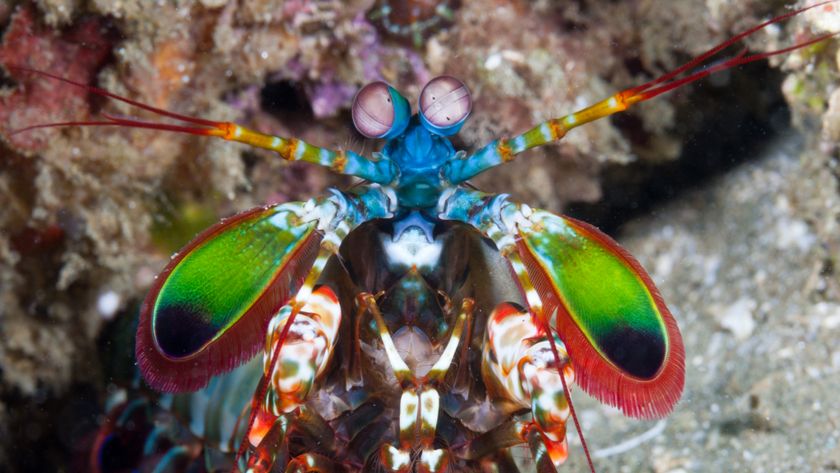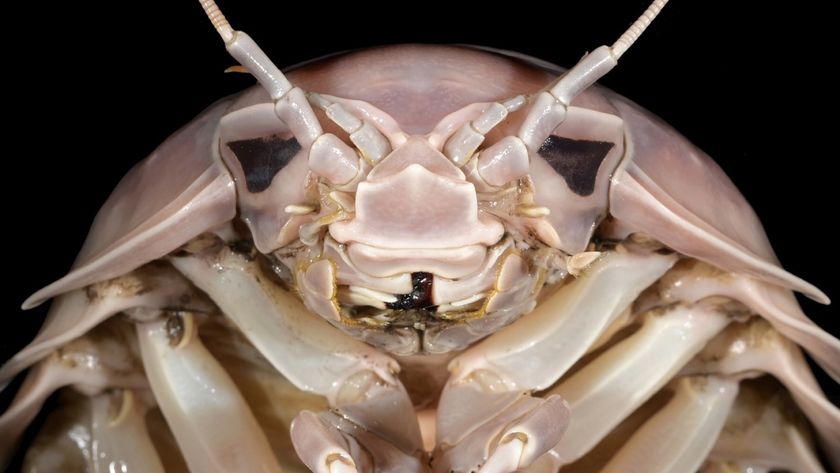Supersized Crabs Bad News for Seafood Lovers

The giant crabs are coming. And they're hungry.
Researchers at the University of North Carolina's (UNC) Aquarium Research Center have found that higher atmospheric levels of carbon dioxide — a greenhouse gas that's linked to global warming — are also causing crabs to grow to bigger, faster and stronger, according to the Washington Post.
As the oceans absorb significant amounts of atmospheric carbon dioxide, the water becomes more acidic and carbon-rich, and these higher levels of carbon are giving rise to the supersized crabs.
That's bad news for oyster lovers: The shellfish are a favorite food of crabs, and big, ravenous crabs can wipe out an oyster bed in record time.
"Higher levels of carbon in the ocean are causing oysters to grow slower, and their predators — such as blue crabs — to grow faster," Justin Baker Ries, a marine geologist at UNC, told the Post.
Moreover, the fast-growing crabs have less meat in them, making this doubly bad news for fans of seafood.
It's been known for some time that as the oceans become more acidic, the shells of sea creatures — from microscopic plankton to oysters and scallops — are becoming thinner.
Sign up for the Live Science daily newsletter now
Get the world’s most fascinating discoveries delivered straight to your inbox.
Nowhere is this change in ocean water chemistry more dramatic than in the coastal zones of the northeastern United States. In a 2009 study published in the journal Geology, the UNC researchers found that Chesapeake blue crabs grew nearly four times faster in tanks containing water with high levels of carbon than in low-carbon tanks.
Fast-growing crabs also have insatiable appetites. In a 2011 experiment, UNC researchers placed mud crabs and oysters in a high-carbon tank environment.
The result was "like watching lions tear apart lambs," the Post reports, as the aggressive crabs ripped open oyster shells and gobbled up their insides.
Follow Marc Lallanilla on Twitter and Google+. Follow us @livescience, Facebook & Google+. Original article on Live Science.












